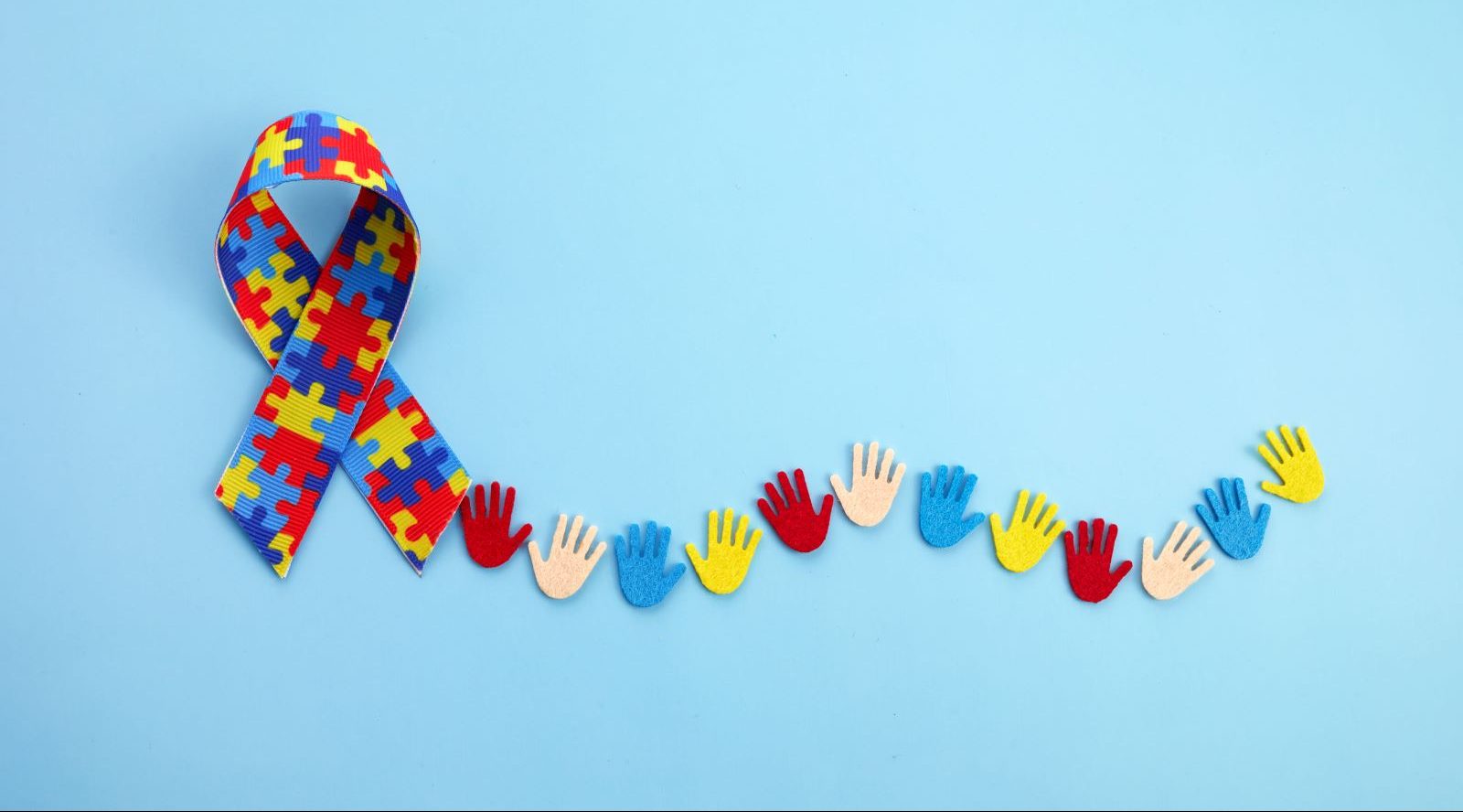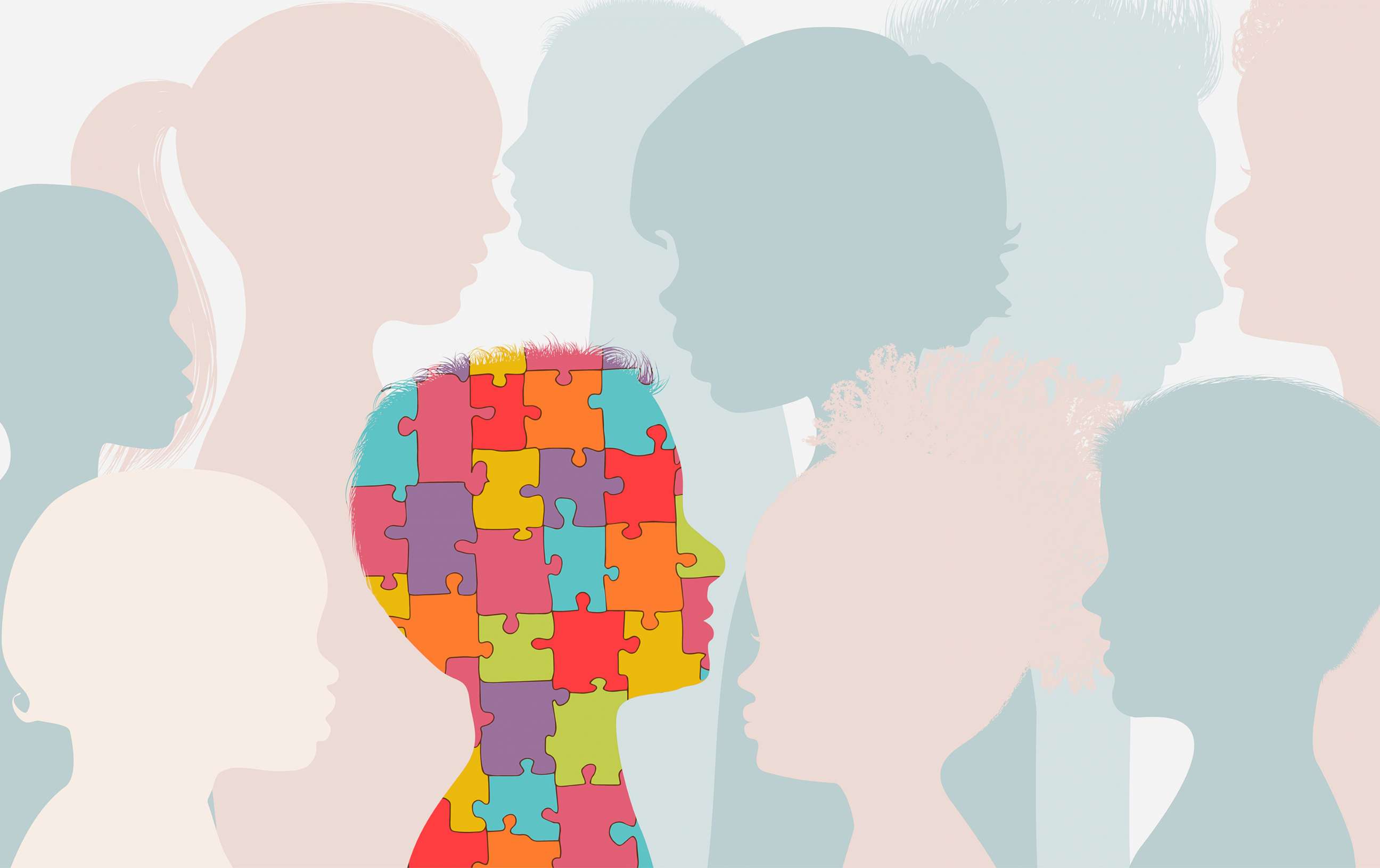The Duty of Education And Learning in Supporting Pupils with Autism: Finest Practices
The Duty of Education And Learning in Supporting Pupils with Autism: Finest Practices
Blog Article
Discovering Autism: Techniques for Efficient Interaction and Communication
Efficient communication and interaction with people on the autism range necessitate a comprehensive understanding of their distinct needs and choices. The ins and outs of these strategies reveal further considerations that warrant expedition, particularly in exactly how they can be adjusted to varied contexts and private experiences.
Recognizing Autism Range Disorder
Autism Range Condition (ASD) encompasses a series of neurodevelopmental conditions characterized by difficulties in social communication, interaction, and repetitive behaviors. The term "spectrum" shows the varied manifestations and differing degrees of severity experienced by people with ASD. While some may exhibit considerable disabilities, others might display high-functioning qualities, enabling greater freedom in life.
The onset of ASD generally takes place in very early childhood, with indications typically recognizable by age two. Very early signs may include delayed speech advancement, limited eye call, and problems in comprehending social signs. The specific etiology of ASD stays vague, research study recommends a mix of environmental and genetic factors plays an important duty in its development.
Individuals with ASD frequently possess special strengths, such as enhanced interest to detail and outstanding memory abilities. Nonetheless, they may struggle with recognizing abstract concepts and taking care of adjustments to routine. Because of this, interventions and support customized to individual needs are important for promoting interaction and social abilities. Identifying the complexity of ASD is important for advertising awareness, approval, and reliable techniques that help with meaningful communications with people on the spectrum.
:max_bytes(150000):strip_icc()/VWH-JoulesGarcia-AutismInclusionInRecreation-4000x2700-7a106beab91a45438f9590f2460ba5ea.png)
Value of Clear Communication
Reliable interaction is important for cultivating understanding and link, particularly for people with Autism Range Condition (ASD) Clear communication not just assists in social communications but also enhances the individual's ability to express their needs, thoughts, and feelings. For people with ASD, the subtleties of language can frequently be challenging; consequently, utilizing unambiguous and straightforward language is vital.
Additionally, clear communication helps minimize frustration and anxiety that might emerge from misconceptions. When messages are conveyed in a straight and constant manner, individuals with ASD are better equipped to analyze information accurately, which can substantially enhance their social engagement and participation in numerous settings.
Developing regimens and using visual assistances can even more strengthen clear interaction. These techniques supply people with foreseeable structures that help understanding and retention of info. In addition, proactively being and paying attention client during communications promotes an encouraging atmosphere where people with ASD really feel valued and comprehended.
Ultimately, focusing on clear communication not just encourages individuals with ASD but likewise fosters more meaningful connections with their peers, caregivers, and the bigger community, paving the method for inclusive interactions and collective relationships. - autism
Non-Verbal Communication Techniques
Interaction prolongs past words, and for individuals with Autism Range Problem (ASD), non-verbal signs play a significant duty in communications. Non-verbal communication strategies can consist of faces, gestures, body movement, and eye get in touch with, all of which function as crucial components for conveying feelings and intents.
Understanding and interpreting these non-verbal signals can boost communications with individuals with ASD. For example, a cozy top article smile or open pose can develop an inviting atmosphere, encouraging interaction. Making use of aesthetic aids-- such as image cards or symbols-- can bridge interaction gaps and aid communicate messages more efficiently.
It is likewise essential to be mindful of individual space, as people with ASD might have different comfort levels relating to closeness. Observing their reactions to physical closeness can inform appropriate changes.

Creating Encouraging Environments
Developing a supportive atmosphere is vital for fostering positive communications and enhancing the wellness of individuals with Autism Spectrum Problem (ASD) Such settings can considerably reduce stress and anxiety and create a feeling of security, permitting people to express themselves a lot more easily.
To achieve this, it is crucial to take into consideration sensory level of sensitivities that individuals with ASD may experience. Modifying the physical area to consist of soft lights, marginal background sound, and comfy seating can develop a calming ambience. Additionally, using constant routines and clear aesthetic schedules can aid individuals anticipate shifts and reduce unpredictability, further advertising comfort.
Social spaces should be structured to minimize frustrating stimulations while giving possibilities for involvement in preferred activities. Assisting in locations marked for peaceful time can also serve as a sanctuary during moments of anxiety. Importantly, incorporating components of selection empowers people, enabling them to exercise agency in their setting.

Motivating Social Interactions
Fostering social communications amongst individuals with Autism Range Disorder (ASD) requires deliberate methods that prioritize comfort and involvement. Developing predictable regimens can help reduce stress and anxiety, making social setups much more approachable. Developing organized atmospheres with defined roles and responsibilities allows individuals to involve without the frustrating pressure of unstructured social dynamics.
Integrating passions and strengths into social activities can offer as a driver for interaction. Organizing group activities around shared hobbies or topics of fascination can facilitate all-natural conversations and links. Furthermore, using aesthetic assistances, such as social manuscripts or pictorial routines, can help in recognizing social signs and assumptions.
Designing suitable social behaviors is crucial - autism. Peers and adults need to show effective interaction techniques, consisting of energetic listening and turn-taking. Role-playing scenarios can likewise provide a risk-free space for people to practice these abilities
Last but not least, cultivating peer connections with inclusive practices is necessary. Encouraging comprehensive playdates or group trips can produce possibilities for socializing in a comfy setup. By carrying out these caregivers, teachers and approaches can significantly improve social communications for individuals with ASD, promoting their overall social development and health.
Final Thought
In final thought, effective communication and communication methods are important for supporting individuals with Autism Range Disorder. Eventually, these methods equip people with autism to browse social landscapes, advertising their total wellness and making it my explanation possible for the development of long-term relationships.
Reliable interaction and communication with people on the autism range require a thorough understanding of their distinct requirements and choices. Clear communication not just assists in social interactions but likewise boosts the person's ability to share their thoughts, feelings, and demands.Fostering social interactions amongst individuals with Autism Range Disorder (ASD) calls for deliberate methods that focus on comfort and engagement. By implementing these caregivers, methods and educators can significantly boost social communications for individuals with ASD, promoting their overall social growth and wellness.
In conclusion, effective communication and communication strategies are crucial for supporting individuals with Autism Spectrum Disorder.
Report this page